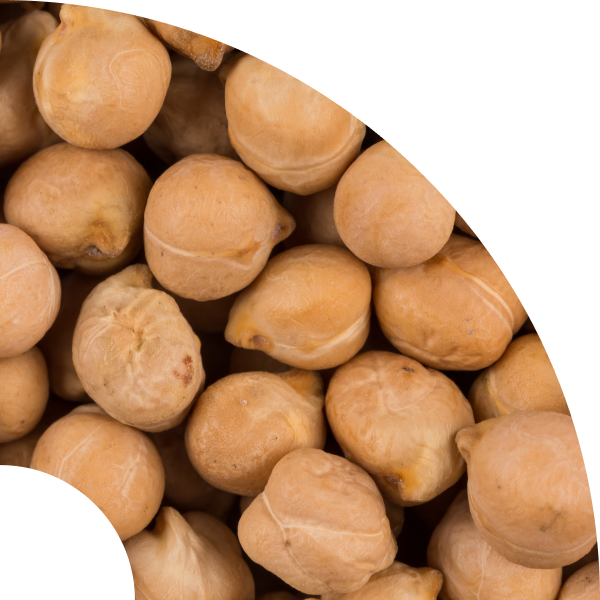Reduce chronic disease
In western countries like Australia and New Zealand, most people eat nearly double the amount of red meat the Australian Dietary Guidelines recommend and also double the global average of red meat. Diet related non-communicable diseases and leading causes of death in these countries – including heart disease, type 2 diabetes and gastrointestinal cancers – have been linked to high consumption of red meat, particularly processed red meats, in a large range of peer-reviewed studies spanning decades from the likes of University of Cambridge, Harvard School of Public Health, National Cancer Institute, German Institute of Human Nutrition and more.
Offer positive nutrition benefits
There is robust evidence to suggest that choosing diets rich in plant based food contributes to overall good health, aiding in the prevention of cardiometabolic diseases and premature mortality. Plant based meats can also act as a healthier alternative to conventional animal meats: plant based meat products are shown to contain lower fat and saturated fat, on average, as well as contain health promoting fibre when compared to animal meat counterparts.
Reduce threats to public health
Alternative proteins are not linked to zoonotic disease. Zoonotic diseases, or ‘zoonoses’, are pathogenic animal diseases that infect humans and are considered to be one of the most significant threats to contemporary public health by the WHO, FAO and The World Organization for Animal Health. Research has concluded that zoonosis emergence is closely linked to the intensification of animal agricultural practices. The spread of infectious diseases among farmed animals can lead to disease threats to humans, as seen in the 2009 H1N1 “swine flu” pandemic and the evolution and spread of influenza A outbreaks, colloquially known as “bird flu”.






